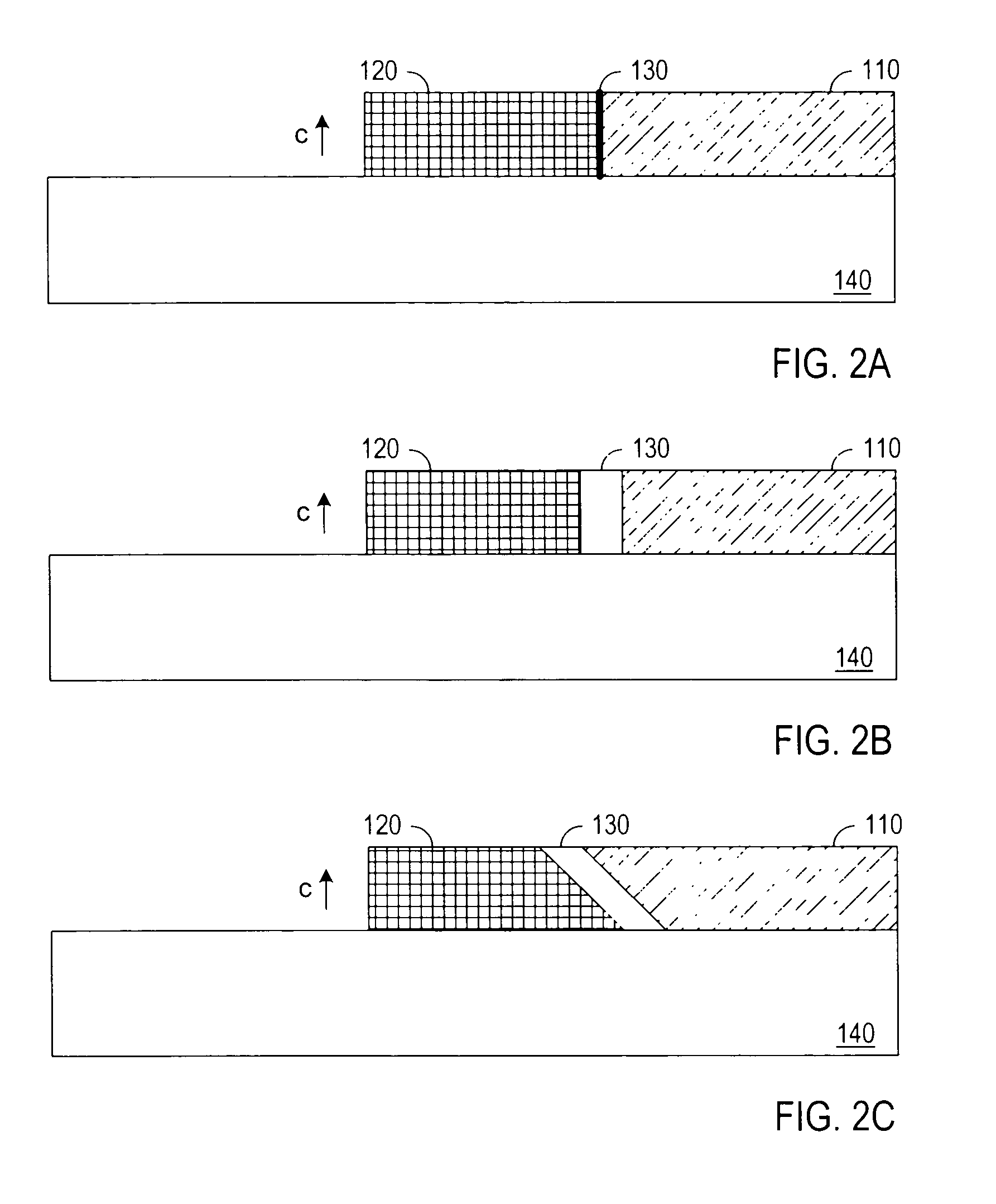Permanent readout superconducting qubit
a permanent readout and superconducting technology, applied in the field ofquantum computing, can solve the problems of long-range electric interaction, difficult expansion of such systems to a commercially useful number of qubits,
- Summary
- Abstract
- Description
- Claims
- Application Information
AI Technical Summary
Benefits of technology
Problems solved by technology
Method used
Image
Examples
Embodiment Construction
[0028]In accordance with an aspect of the invention, quantum computing uses qubits based on the degenerate ground states of the supercurrent at a DD, DND, or SND Josephson junction. The Josephson junctions can be fabricated in useful numbers in a solid state structure. With a d-wave superconductor on at least one side of the Josephson junction, the Josephson junction has non-zero ground state supercurrent in the vicinity of the junction. This ground state supercurrent is either clockwise or counterclockwise in the preferred (so called ab-) plane of the d-wave superconductor. The ground-state supercurrent in the vicinity of each Josephson junction is thus doubly degenerate and provides the basis for a quantum coherer or a qubit for quantum computing in accordance with an embodiment of the invention.
[0029]FIG. 1A is a plan view of horizontal quantum coherers 100 in accordance with exemplary embodiments of the invention. Quantum coherer 100 provides a basic block for construction of a ...
PUM
 Login to View More
Login to View More Abstract
Description
Claims
Application Information
 Login to View More
Login to View More - R&D
- Intellectual Property
- Life Sciences
- Materials
- Tech Scout
- Unparalleled Data Quality
- Higher Quality Content
- 60% Fewer Hallucinations
Browse by: Latest US Patents, China's latest patents, Technical Efficacy Thesaurus, Application Domain, Technology Topic, Popular Technical Reports.
© 2025 PatSnap. All rights reserved.Legal|Privacy policy|Modern Slavery Act Transparency Statement|Sitemap|About US| Contact US: help@patsnap.com



